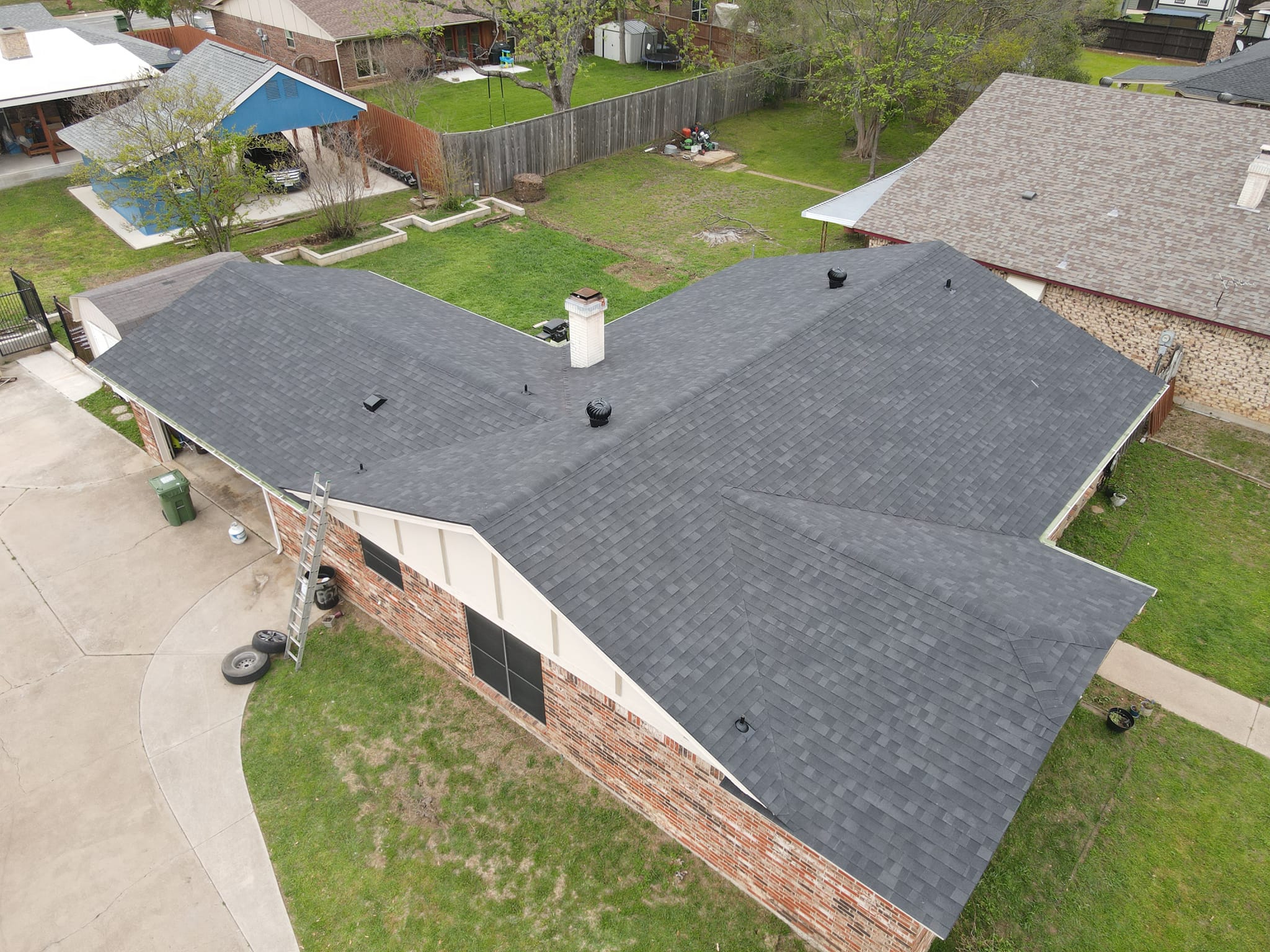
Roofing Safety: Essential Practices for a Secure Installation Nov 14, 2025
To begin with, proper training is crucial. All personnel involved in roofing projects should be well-trained in safety protocols and installation techniques. This foundational knowledge can prevent accidents and ensure each team member understands how to safely handle tools and materials. Investing in training may seem like an additional cost, but it's a preventive measure that pays off through reduced injury-related expenses and enhanced work quality.
Another key element of roofing safety is the use of personal protective equipment (PPE). Helmets, gloves, non-slip boots, and safety glasses are indispensable for roofers. Harnesses should also be employed, especially when working on sloped or high rooftops. These tools significantly minimize injury risks, contributing to a safer working environment.
Weather conditions play a substantial role in roofing safety. Attempting installations during adverse weather, such as rain, snow, or high winds, can be extremely hazardous. Wet surfaces increase slip risks, while strong winds can make handling materials challenging. By scheduling work during favorable weather conditions, you not only improve safety but also enhance the efficiency and quality of the installation process.
It's also critical to ensure job site organization. A tidy work environment helps prevent accidents that can occur from tripping over debris. Tools and materials should be stored properly when not in use, ensuring clear pathways and workspaces. Maintaining a neat job site is not just about safety; it reflects professionalism and efficiency, qualities MBP Roofing & Exteriors prides itself on.
Communication among team members is another crucial safety practice. Open lines of communication ensure that everyone is aware of their responsibilities, understands the progress of the project, and can quickly respond to any safety concerns. Regular safety meetings and briefings keep everyone on the same page and aware of potential hazards.
Inspections are indispensable in safe roofing practices. Regularly inspecting tools and equipment for wear and tear can prevent failures that may lead to accidents. Similarly, check the conditions of the scaffolding and ladders to ensure they are stable and can support the needed loads. Immediate attention to any discovered issues can avert more significant problems on site.
Lastly, consider the layout and positioning of ladders and scaffolding. Ladders should be placed on stable ground and positioned at the correct angle to prevent tipping. Scaffolding must be constructed according to manufacturer guidelines, providing safe access to the roof for workers. Properly setting up and using these tools helps prevent falls, which are one of the leading causes of roofing accidents.
Overall, safety practices in roofing are non-negotiable. By following these essential guidelines, roofers can ensure their protection and execute successful installations. At MBP Roofing & Exteriors, we are committed to implementing these safety measures, delivering top-quality services that prioritize both craftsmanship and safety. By focusing on well-trained staff, appropriate equipment, weather considerations, and organized sites, each roofing project can be both successful and secure.
/filters:no_upscale()/media/e23067be-bef8-49ee-b8dc-fbf859bbc82e.jpg)
/filters:no_upscale()/filters:format(webp)/media/7f4bc70e-a0b7-4b8d-bef3-84b4eaa94416.jpg)